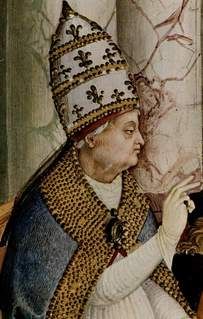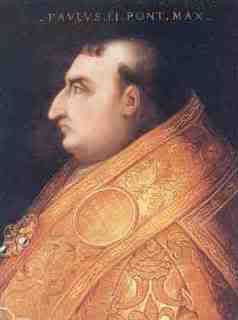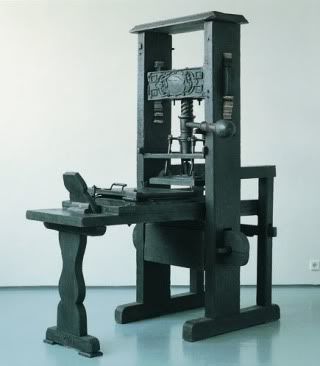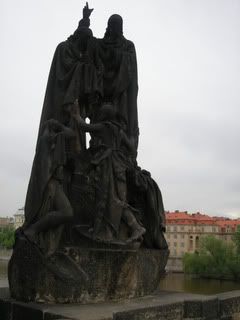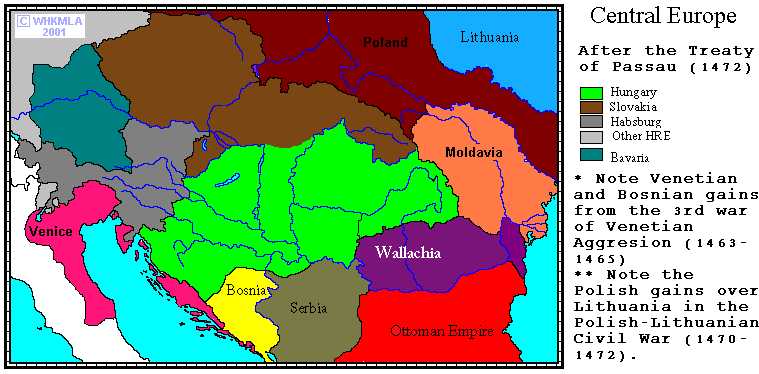Slovakia owns all of Bohemia now! Amazing, not it's time to form the Slovak Empire from the borders of the Austrian Empire, of course, you could always leave the Austrians hanging around
haha! March Slovakia! Well, maybe if Austria pulls backa bit from alliance w/ Hungary,w e could work something out...
I want to be an Irish Knight! Or at least a Slovak noble. (The Golden Age Poland type of noble.)
Alright, I accept bribes, what's the offer? :rofl:
Liberum Veto and all?
I think so...
Hell yeah! Too bad they started thinking they don't need Poland which turned out pretty bad for them.
Well, I prefer to remember the golden age rather than think about Hitler and Stalin being bad and stuff.
Very true, despite HOI3 coming out...



